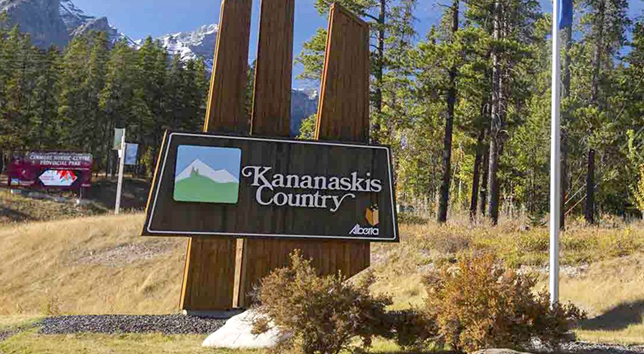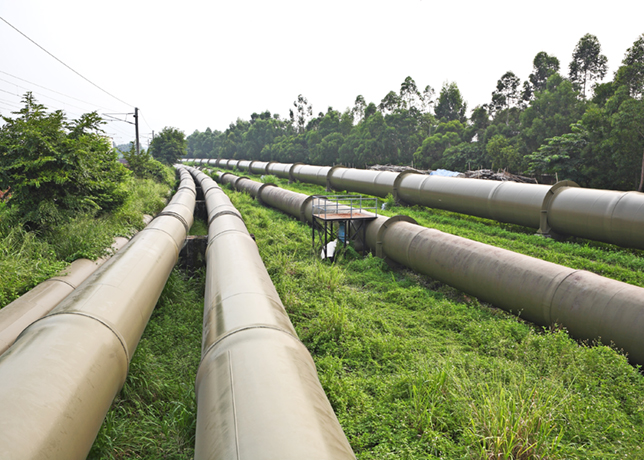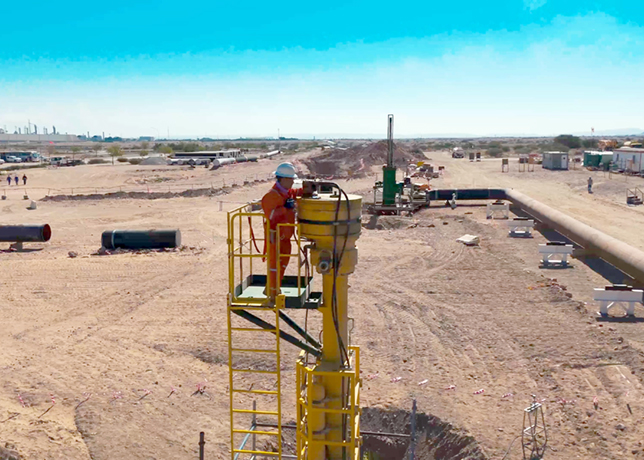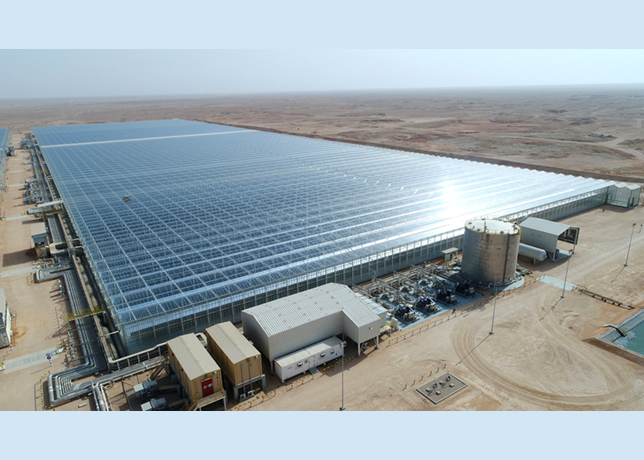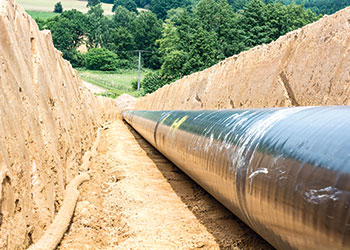
 Excavation followed fencing as the most common danger activity for damage to pipelines
Excavation followed fencing as the most common danger activity for damage to pipelines
About 45 per cent of incidents occurred even though people were aware of the pipeline’s existence; that highlights a distinct casualness, in some quarters, about the dangers of working near pipelines, says a Linewatch report
Landowners are the most likely cause of damage to oil and gas pipelines in the UK, according to Linewatch, the leading pipeline safety and awareness group.
This is a worrying sign that landowners continue to dig too close to high-pressure oil, gas, and chemical pipelines despite the risk of injury and even death.
Of the 316 incidents recorded in 2022, 125 (40 per cent) were caused by landowners. Contractors were also a concern, causing 112 (35 per cent) of infringements, which is a 12 per cent increase on 2021 figures.
An infringement can be someone simply working near an oil, gas or chemical pipeline without the owner’s awareness and permission, through to a worker actually striking a pipe.
 |
The heatmaps compare the location of recorded infringements |
Linewatch’s 2022 Infringement Report suggests that close to half (45 per cent) of all incidents occurred even though the person responsible was already aware of the pipeline’s existence. This is a 15 per cent increase on 2021 and highlights a distinct casualness, in some quarters, about the dangers of working near pipelines.
A detail of these infringements shows that landowners, tenants and their contractors, accounted for 85 of the total records.
Murray Peat, Manager at Linewatch, says: '316 infringements is a one per cent increase on 2021, which considering the increased rigour around reporting should be viewed as a positive. With more people reporting than ever before, the overall number has only increased slightly.'
He adds: 'What is alarming is the assumption from those doing the digging that the high-pressure pipelines carrying flammable oil, gas, and chemicals are buried too deep underground to hit. This is far from the truth. In fact, they can be buried only as little as 3 ft feet below the surface. Given that hitting a pipeline can cause serious injuries and fatalities, as well as irreversible environmental damage with commensurate fines, it is clear why searching for pipelines is so important.'
 |
Early engagement with developers and regular site visits can help reduce |
Fencing was the most common danger activity, making up 25 per cent of all infringement reports. This was followed by excavation for service (14 per cent), which refers to any work undertaken to install new services including telecoms, gas, and water supply, then installation of structure (11 per cent), and roadworks (seven per cent).
Developers had the biggest increase in infringements, going up by 88 per cent increase in 2022. This is followed by contractors (53 per cent).
Despite remaining the largest culprit for causing damage to pipelines, landowners were the only category to see a decrease in infringements.
In terms of severity, of all incidents recorded, eight were deemed as ‘high’ category. This refers to works that had the potential to cause serious damage. This is a decrease on the previous year.
‘Low’ risk incidents increased by 44 per cent in 2022, the most of any category. ‘Low’ risk refers to works within an easement or wayleave that had no potential for damage. Whilst this sounds like minimal risk, it is still a worrying sign because the infringements could have been much worse had they been in closer proximity to the pipeline.
When it comes to the timings of these infringements, the first and third quarters recorded peak activity, which correlates with increased seasonal work such as fencing and excavation.
 |
There is an incorrect assumption that the high-pressure pipelines carrying |
Peat concludes: 'There are no signs of digging slowing down as the government commits to kickstarting the UK economy to regain control over spiralling inflation. It is, therefore, more important than ever that the correct digging procedures are followed.'
Over the past few years there has been a big drive by local councils to meet the housing needs around the UK. This has seen an increase in interactions with developments sites and operator’s pipelines.
During 2022 there were 15 recorded infringements associated with developers and although these were mostly made up of ‘low’ records there was 1 recorded ‘high’ infringement.
Early engagement with developers and regular site visits and safety briefing during these projects has shown to help reduce infringements.
















